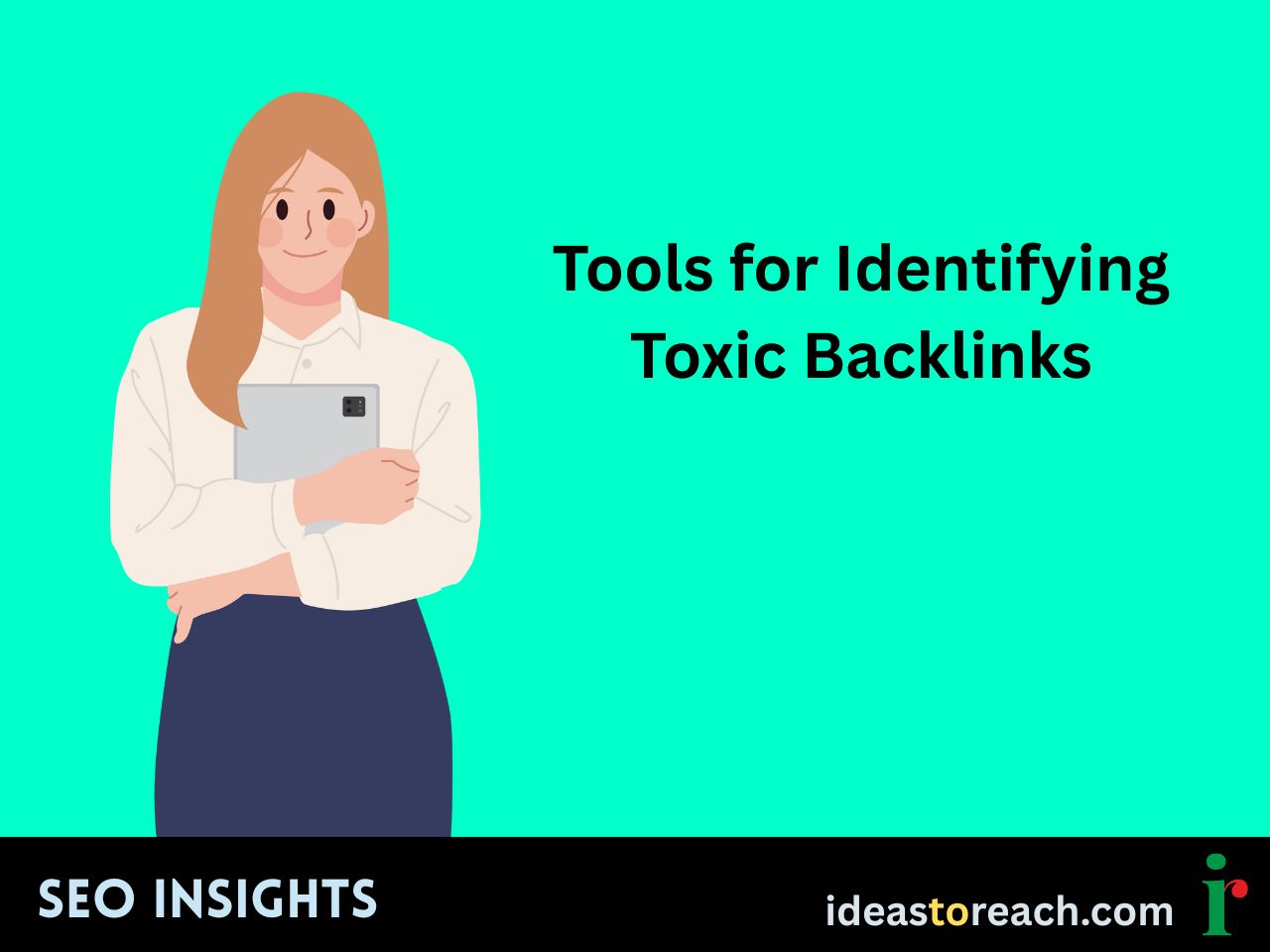
Toxic backlinks can silently damage your SEO performance. While backlinks are essential for growing Domain Authority (DA), poor-quality or spammy links can harm your site’s credibility and rankings.
Fortunately, there are several tools that help identify and manage these links. In this guide, we’ll cover the best tools for detecting toxic backlinks, how they work, and how you can use them to maintain a healthy link profile and protect your SEO.
Google’s algorithms—including Penguin—are designed to penalize sites that engage in manipulative link practices. Toxic backlinks may come from:
Too many of these can lead to:
You can remove or disavow such links to avoid long-term damage - see our Google Disavow Tool: 2025 Guide for a detailed process.
SEMrush provides one of the most comprehensive toxicity scoring systems and alerts you when your profile shows signs of spam.
Best For: Ongoing backlink audits for brands and agencies managing multiple properties.
While Ahrefs doesn’t assign a “toxic score,” it helps detect unusual link activity or sudden link growth patterns—indicators of potentially harmful links.
Best For: Manual reviews and advanced SEO professionals comfortable with interpreting backlink behavior.
Moz’s Spam Score can help prioritize links for removal or disavow. It works best when paired with Domain Authority monitoring.
Best For: DA-focused analysis and link hygiene checkups.
Though limited in scope, GSC shows the links Google recognizes. Use this as a baseline to validate what other tools are showing.
Refer to How to Use Google Search Console with DA for a complete integration approach.
Best For: First-party verification and early-stage monitoring.
LRT is built specifically for backlink risk analysis and penalty prevention. It’s more technical but very comprehensive.
Best For: Enterprise SEO teams and penalty recovery specialists.
Simple to use and affordable, Monitor Backlinks is great for solopreneurs or small agencies that need daily tracking without tool fatigue.
Best For: Lightweight backlink risk monitoring with disavow support.
Regardless of the tool, check for:
Don’t just clean up your backlinks—strengthen what you keep.
DA grows best on a clean, content-rich foundation.
Link toxicity can be silent but severe. A quarterly audit using one or more of these tools can keep your SEO profile healthy, your Domain Authority stable, and your rankings safe.
If you’ve inherited a site or run active link-building campaigns, it’s even more critical to monitor proactively.
Toxic links don’t have to derail your SEO. With the right tools and guidance, you can stay ahead of problems and grow with confidence.
Need expert help managing disavow files or interpreting toxic scores? Explore our SEO Services, Digital Marketing Services, or Contact us for hands-on support.
To stay updated with link health, ranking growth, and site authority, continue through our Domain Authority Guide or browse the Blog where tools and strategy come together.
Previous page: How to Use Google Search Console with Domain Authority
Next page: SEO Plugins for WordPress to Improve Domain Authority